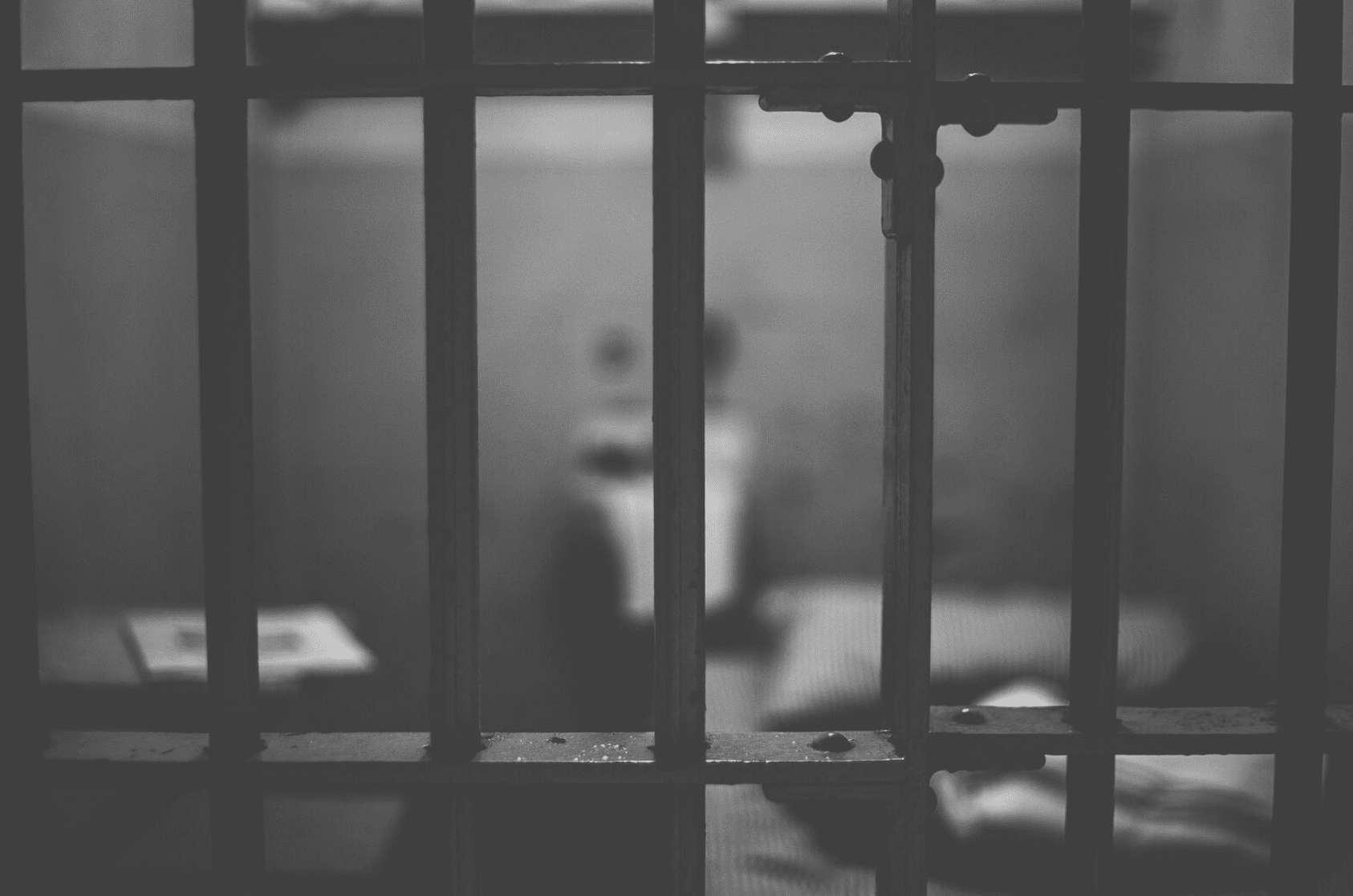Our colonial legacy lives on through the justice system

author: katelynn kowalchuk| contributor

Saskatchewan Penitentiary / Pixabay
The discrimination behind Saskatchewan’s prison strikes again
When the topic of prison reform makes its rounds through the public forum, the United States prison industrial complex is often the prime example of a system that continues to fail the public while serving the interests of those in power. However, the Canadian justice system employs many of the same tactics as its American counterpart, while going largely unnoticed by the critics; namely, the use of racial profiling and disproportionately targeting Indigenous people.
According to 2016/17 data from Statistics Canada, 76 per cent of Saskatchewan inmates were Indigenous, while only comprising 14 per cent of the population. When compared to data from years past, this statistic has remained the same, in spite of the Gladue (1999) and Ipeelee (2012) Supreme Court decisions, which call for alternative punishments for Indigenous offenders. As well, 13 per cent of the male prison population and 24 per cent of the female prison population live with mental illness. Perhaps the most disheartening statistic is that 92 per cent of inmates also live with addictions. Some, such as Cree Judge Gerald Morin, claim that this disproportionate representation of Indigenous people in the justice system is a continuation discriminatory legal policies of the 1800s, including the pass system, residential schools, and other practices.
These policies continue to contribute to widespread poverty, substance abuse, unemployment and, ultimately, crime within Indigenous communities. When these historical factors are considered, along with the modern-day mistreatment of Indigenous people in Canadian society, it is quite easy to see that the system isn’t actually broken. Rather, it is working exactly as it is intended to: against Indigenous people.
Recently, inmates at the Saskatchewan Penitentiary declared a hunger strike to protest recent changes within the prison system, such as access to the canteen, hair clippers, medical care, and mail delivery. These issues are only some of many that have been noted by Ivan Zinger, Canadian prison watchdog. Zinger previously described the overrepresentation of Indigenous people in the prison system as one of Canada’s most pressing human rights issues. The conditions in our prisons are inhumane, and do nothing to rehabilitate inmates or to address the underlying problems that resulted in their criminal activity, such as addiction, cyclical abuse, or mental illness. The poor conditions are magnified by the lack of resources available to inmates after their prison sentence is complete, and oftentimes they fall back into their addiction and their mental health worsens.
There have been some steps made in the right direction, such as discussion of safe injection sites and the implementation of therapeutic courts, which address the social issues underlying criminal behaviour. Canada could take a note or two from Norway’s book; their system of restorative justice aims to repair the harm caused by crime rather than punishing it, and boasts one of the lowest recidivism rates in the world. However, until a systemic change occurs in which Indigenous people are no longer easy targets for the justice system, and the root cause of crime is analyzed to prevent recurrence, this is likely to remain the status quo.








